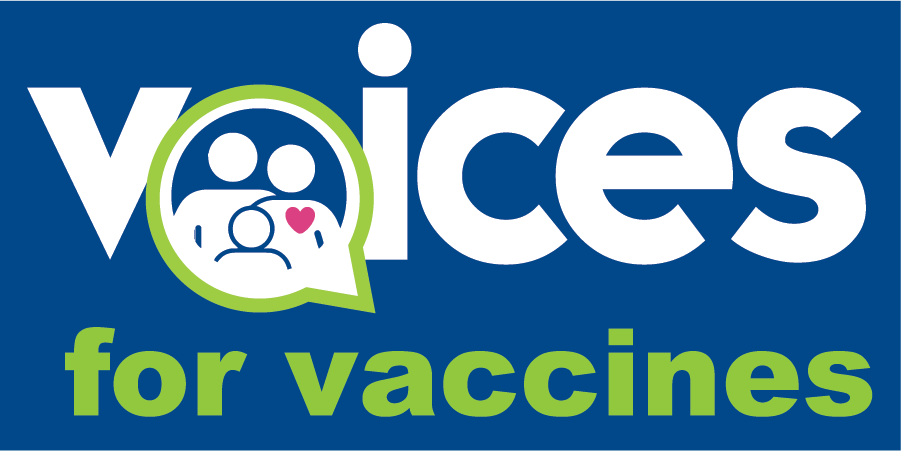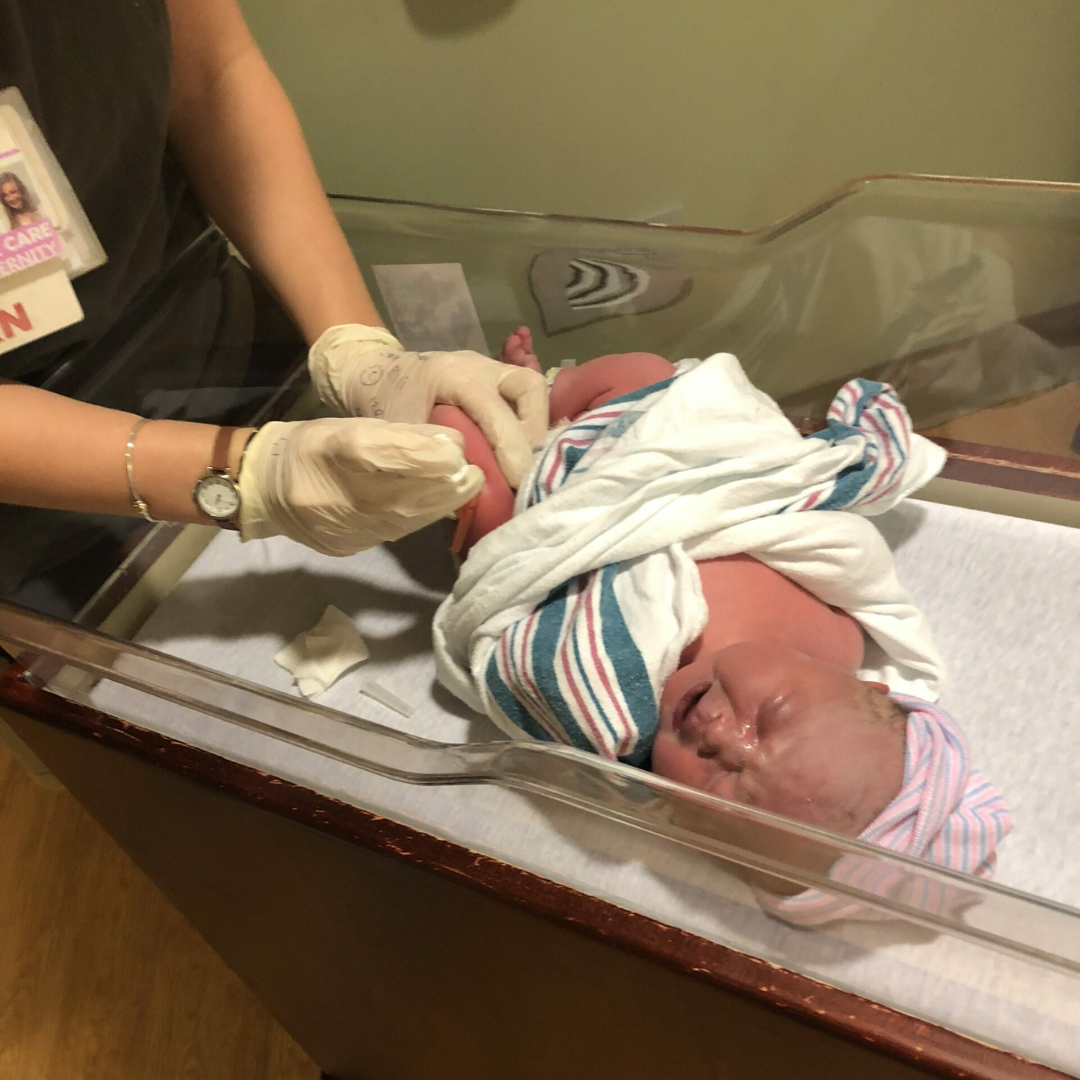by Rebecca Brooks
In 1989, I was a senior in high school living in northeast Ohio. One winter day, I was waiting for my first period physics class to start when my friend asked, “Did you hear so-and-so has measles?” I remember thinking, “What? Nobody gets measles anymore!” It was like hearing someone had been eaten by a dinosaur last night—unfathomable.

Soon, lots of students at my school were diagnosed with measles, including me. I don’t recall how the symptoms started, but I was really sick. I had the telltale rash and sensitivity to light. The latter was so intense that I couldn’t even watch TV; the light the television gave off was too painful. I sat in our den with the shades drawn in total darkness for several days. So much for getting to watch The Price is Right!
Measles Sent Me to the Hospital
My brother and I had both been inoculated against measles when we were little, but at that time, only one dose of the vaccine was administered. The thinking was that one dose was sufficient to prevent kids from contracting the virus that causes measles.
My brother had come home from college on spring break during my incubation period before I developed any symptoms. He headed back to campus at the end of his break, but unbeknownst to us, I had infected him. Now, the virus had traveled to southeastern Ohio.
Eventually, my light sensitivity improved, and I could watch TV. My mom and I were up on her bed, watching some bad sitcom, when suddenly I couldn’t breathe. I was gasping for air, but unable to get enough into my lungs. My mom drove 20 minutes to the nearest emergency room, where I was given a breathing treatment for acute respiratory distress. The nebulizer emptied, and I was able to breathe normally again.
Most people think of measles as a rash-causing illness that mostly affects the skin. Some people think it makes you itch. (It doesn’t.) Measles’ symptoms are primarily respiratory, including runny nose, cough, and fever. It’s a respiratory illness, like influenza, RSV, and the common cold. Unlike the common cold, though, measles can cause brain swelling, deafness, and death.
Measles is On the Rise
My only complication was not being able to breathe, so I was lucky (?). Because of my near-death experience with measles, I am, of course, angered by folks who mistakenly believe that the measles-mumps-rubella (MMR) vaccine poses a danger to children. There is no evidence that the MMR vaccine causes autism. Statistically, kids are far more likely to have complications from measles than they are from getting an MMR shot.
As I write this, there have been more measles cases in the US so far in 2024 than in all of 2023. The anti-vax movement is having consequences, with children suffering the brunt of its harmful effects. Have we learned anything from the past? Sometimes it seems we haven’t.
For this and about a thousand other reasons, I’m a strong advocate for vaccinations. Yes, there are side effects. However, for most people, the side effects of a vaccine are outweighed by the benefits not only for themselves, but for everyone in the form of herd immunity. We can eliminate measles again. We should eliminate measles again. Take it from me.
Rebecca Brooks is a social epidemiologist and lifelong Ohioan. She’s married, with 7 cats and 3 jumping spiders. Her story, like all others on this blog, was a voluntary submission. If you want to help make a difference, submit your own post by emailing us through our contact form. We depend on real people like you sharing experience to protect others from misinformation.



